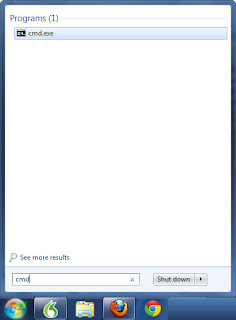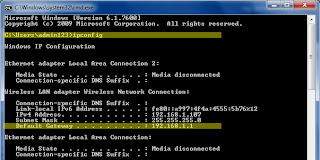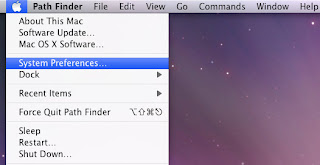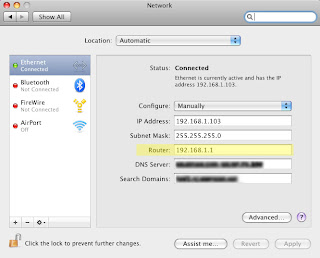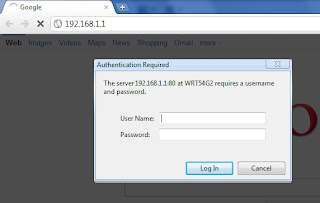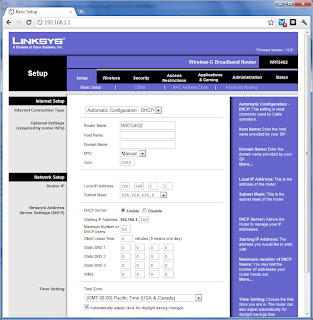NOTE: If you are viewing this post from an iPad, you will want to switch to your Mac or PC to view the embedded video tutorials (yes, they are flash based). If you follow these and move forward with this updated solution, you will have your very own flash player for iPad!
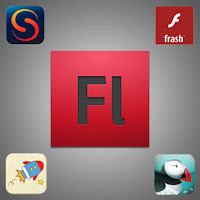
Apple has been in a lengthy and very public struggle with Adobe regarding new web technologies. As most of you may know, Adobe Flash content is not supported on any Apple devices such as the iPad and iPhone. Steve Jobs has been outwardly negative, and even downright scathing when it comes to third party technologies and software that come between the platform and the developer. The reason behind his motive is that that developers would not be able to take advantage of system enhancements unless the third party applications were using them - in this way, the developer's application performance was inherently tied to the underlying software and not the platform itself. Yup, it's unlikely there will ever be a native flash player for iPad.
Now, a few critics of Steve Jobs might say that this is a foolish decision because Adobe is one of the major software companies around and they do not release sub-par products. However, when you look at their track record as it pertains to Mac support you may sympathize with his reluctance to support Flash player. As it turns out, Adobe was the last major third-party software developer to fully support the Mac operating system, doing so with their recent CS5 Suite release.
As much as I may agree with Steve Jobs thought process, the bottom line is that users are the ones who see the detrimental effect. So many websites are developed in Adobe Flash due to the rich media you can create, and many folks now-a-days are using their iPad as a full-time computer. Put 2 and 2 together and you can see that people are not getting the complete web experience.
Frash
The battle between Apple and Adobe Flash is ongoing, but there is surprisingly great news when it comes to an iPad Flash player update. If you have a jailbroken iPad, you can install the software package known as Frash (developed by Comex), which ports Flash support. Frash is still in the beta stages of development so it may have a few bugs here and there, but it provides a fix that many users had been looking for.
Frash has become a go-to option for breaking this barrier despite Apple's negligence. As I mentioned previously, in order to install Frash on your iPad, you must jailbreak it first. Spirit Jailbreak is a simple and easy option for accomplishing this first.
Once that is in place, here is how you install Frash (You are doing this AT YOUR OWN RISK - I'm not responsible if you perform these tasks incorrectly or otherwise damage your device while trying to install this iPad Flash player):
- Search the internet to find and download Frash.deb. I believe these are currently located on GitHub, however they may be available on other servers around the web.
- You must ensure you have file access capability on your iPad. If you have a Mac, you simply need to install Netatalk. If you are a Windows XP/Vista/7 user you will most likely need a bash shell program such as OpenSSH, in conjuction with WinSCP. Again do a quick Google search to find out more information regarding these methods. Keep in mind that you can erase or move system files if you have a jailbroke iPad (read: I can damage my device pretty easily if I don't know what I'm doing) so be careful.
- With your iPad connected to your Mac or PC, open Finder and goto /var/root/Media
- Create a folder name "Cydia"
- Create a sub-directory folder within "Cydia" and call this "AutoInstall"
- Upload the Frash package that you downloaded in the first step, and restart your iPad
Below is a YouTube video detailing the process of installing Flash on iPad.
Once installed you can now view Flash content on any website. To test it out, open Safari and go to your favorite Adobe Flash based site to test it out. What you will notice is that the Flash content is initially grayed-out and you must tap it to active Frash. If this does not work on your first trial, restart the iPad again - sometimes it is not recognized immediately.
It's important not to forget that this flash upgrade is meant as a work around and is still in beta development. What that means for you is that you probably don't want to abuse it or use it for any performance intensive tasks (such as gaming) where it will be more likely to kill your battery or crash your iPad. Frash is not really an app like the rest of the programs on your phone - instead it is a background process that ports flash compatibility to your iPad.
Skyfire
You may not know this but you can actually download different types of browsers to peruse the internet on your iPad. Luckily for you the developers at Skyfire have included a Flash alternative with their latest and greatest version of their browser app for you to use. This does not involve jailbreaking your iPad so it's surely a safer option that the majority of people can handle. However it doesn't work with all flash content - instead what it does is renders any videos that it finds in the flash file and outputs the audio/video using HTML5.
You can
download Skyfire at the app store for $2.99. Check out some other cool features of the Skyfire browser in this video below:
Puffin for iOS
Puffin is another web browser for both the iPhone and iPad which uses cloud acceleration to give you a more speedy experience on the go.
At the affordable price of $0.99 you get a browser with Flash capability, albeit with a few limitations. It does not load flash by default when a web page is loaded, but instead you control whether you need to download the content by tapping the frame with the Adobe Flash icon. It is also integrated to stream YouTube videos directly to your iPad.
However, don't expect to play any graphics-heavy games with this browser because audio is not supported and it is not optimized for that type of application.
Photon Flash Web Browser
Photon Web Browser is similar to Puffin in that it utilizes cloud technology to do the bulk of the flash processing on remote servers, streaming the content directly to your iPad. Just tap the lightning icon in the browser toolbar to load Flash games or apps, and the browser will remember that you want to load Flash in the future.
Another cool feature of Photon is that it comes equipped with a tabbed browsing experience for the multi-tasker in all of us. Along with an immersive full-screen mode, this can easily turn into your full-time browser for business and pleasure on the iPad.
iSwifter
iSwifter is browser-like app that gives you a more complete Flash player for iPad solution when compared to SkyFire. They use a cloud-based Flash game streaming service to process all Flash content on their servers and deliver it seamlessly to your mobile tablet.
Like most third-party software, you can expect a bug here and there, but it has received generally positive reviews on it's ability to render Flash games and other web based applications.
This video gives you a brief introduction on some of it's capabilities.
As with nearly all of these options, the performance and speed at which Flash content is streamed to your iPad is completely dependent on the strength of your connection. You may experience latency from playing Cityville on Facebook if you are using a 3G connection in the city, however with a solid WiFi signal and an updated version of your favorite flash enabled browser, you should get by just fine enjoying the full web experience.
The future of rich mobile media probably lies within HTML5 and CSS3, and not so much Adobe Flash updates that are compatible with the iPad. The reasoning is that while Flash is great for content, it is too performance heavy for devices that are made to be portable, quiet and cool with a long lasting battery, such as handheld tablet and other gadgets. Open web standards have been coming for a long time and mobile devices will surely use them to their fullest extent to ensure standardized and optimized performance across all mobile platforms. For now, we'll have to settle for a third party flash player for iPad!


